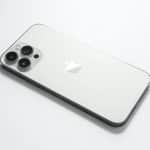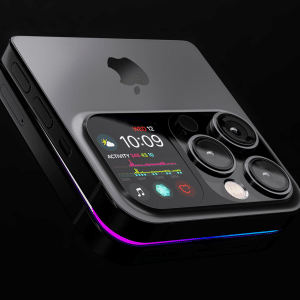Unveiled at the Worldwide Developers Conference (WWDC) in June, the Vision Pro headset is scheduled for release in early 2024. However, it appears that the gap between announcement and launch has less to do with app development time and more to do with supply chain constraints, suggesting that Apple’s ambitious plans for the $3,500 device have hit a roadblock.
According to the Financial Times, Apple’s dissatisfaction stems from the productivity of its manufacturing partners. These partners were tasked with creating the dual micro-OLED displays and the outward-facing curved lenticular lens, essential components of the device. The prototype’s micro-OLED displays were reportedly supplied by Sony and TSMC, but it’s unclear who’s involved in large-scale production.
Due to these manufacturing challenges, Apple’s production forecast for 2024 has dropped to less than 400,000 units. Sources close to Apple and Luxshare, the Chinese contractor assigned to assemble the device, suggest the tech giant has only requested components for 130,000 to 150,000 units in the initial year.
Such downscaling significantly deviates from Apple’s internal sales target of one million units in the first 12 months. This shift seems to reflect Apple’s dwindling confidence in scaling production and navigating the technological intricacies of the device.
Additionally, Apple’s plan to launch a more budget-friendly headset variant seems to be on hold. The company is said to be in collaboration with Korean display manufacturers, Samsung and LG, for the second-generation device, exploring mini-LED displays as a cost-effective alternative. However, Apple is reportedly insisting on using micro-OLED displays, even for the non-Pro headset, despite suppliers’ struggle to meet expectations.
As the world of augmented and virtual reality continues to grow, Apple’s Vision Pro headset represents a substantial leap forward in spatial technology. However, the current production issues highlight the complexities and challenges of manufacturing such sophisticated devices.

The repercussions of these challenges will no doubt be closely watched by industry experts and consumers alike, as Apple navigates this new landscape and continues to reshape the future of AR/VR technology.












